The previous post was all about Meghan Markle. More particularly, it was about how her inauthenticity, lies, and fake attributes became her brand and then, with the release of her newest Netflix venture, ‘With Love, Meghan’, she’s been caught in her lies. Her victim mentality is now finally being called out and talked about more and more rather than just in an article or two. Even the magazines that used to only say good things about her have now turned against her.
But I really don’t want to continue talking about Meghan. I think I’ve said enough until further notice; most likely until Fall this year when the second season of ‘With Love, Meghan’ is released. That’s unless she will have more ‘fake news and updates’ coming beforehand that will make her look inadequate. Instead, I want to focus on Kate, Princess Of Wales – wife of Prince William. Their relationship began when they both attended St. Andrews University in the early 2000’s. They married in 2011 in a fairytale wedding, with Prince Harry as William’s best man. In 2018, Prince William was Harry’s best man, and King Charles, then still Prince Charles, walked Meghan down the aisle as her own father, Thomas Markle, didn’t attend the ceremony. I also discuss that in my previous post about Meghan. The now-Prince and Princess of Wales had 3 children together – Prince George, Princess Charlotte, and Prince Louis. Despite the many challenges they’ve faced throughout the years, the two have remained a strong partnership, with a source once saying they’re ‘more in sync than ever’ and cherish what they have with each other. And I myself am not saying this with a grain of salt. They officially became a couple in 2003, broke up in 2007, and found their way back to each other soon after, which led to the 2010 proposal in which Princess Catherine started wearing Princess Diana’s own engagement ring as hers given by William.
The era of when William and Kate were newly married was refreshing. Their love was blossoming. But even more so, it was cute to see Kate and Prince Harry get along so great at public events. It was evident that they were friends before anything else. Prince William, Princess Kate, and Prince Harry were the ultimate trio. There wasn’t even a third wheel. They were just a trio. All that faded once Meghan came into the picture. After they left their royal duties, Meghan Harry made some serious allegations about both Prince Harry and Princess Kate, King Charles, and more. This led to an estrangement. Last month, it was reported that Princess Kate has established a secret meeting between her husband and his brother so that they could make peace with each other.
It’s a sad situation, and I personally believe that too much damage has been done at the hands of both Meghan and Harry for the relationship to be fully back to how it was before. But family estrangement hardships aside, there was more turmoil that Prince William and Princess Kate had gone through in recent years. In March 2024, Catherine, Princess of Wales, revealed she had been diagnosed with cancer after undergoing abdominal surgery that January. On top of undergoing chemotherapy, she also went through preventative chemotherapy, also known as adjuvant chemotherapy, to prevent the cancer from returning. In September 2024, Catherine announced that she had completed her chemotherapy treatment, and in January 2025, she revealed that her cancer is in remission. The news was shocking Prince William, of course, and handled the situation privately for the sake of their family.
And that wasn’t all. Simultaneously, King Charles was also suffering from cancer. Doctors discovered King Charles’ cancer in January 2024 after he was treated for an enlarged prostate. Not much was shared about his battle with the disease as Buckingham Palace said they wouldn’t be sharing regular updates on his health or treatment. His announcement came on the same day as Kate’s announcement of her surgery. Buckingham Palace said in a statement, ‘In common with thousands of men each year, The King has sought treatment for an enlarged prostate. His Majesty’s condition is benign and he will attend hospital next week for a corrective procedure. The King’s public engagements will be postponed for a short period of recuperation.’ It was understood that understood that King Charles wanted to share the specific details of his diagnosis so as to encourage others who may be experiencing symptoms to get checked. In the following few months, the King was back attending public engagements, his cancer treatments were far from over. And Princess Kate wasn’t anywhere in sight.
In December 2024, President Trump revealed to the New York Post that he had a meeting with Prince William in Paris. He said, ‘I asked him about his wife and he said she’s doing well. And I asked him about his father and his father is fighting very hard, and he loves his father and he loves his wife, so it was sad.’ It was revealed that King Charles would continue his cancer treatment in 2025, and just recently, on March 27, he was hospitalized for the side effects of those treatments. Amid his wife and father’s cancer battles, Prince William was on royal duties through the storm. He’s labeled the year 2024 as ‘brutal’. Nevertheless, he still made sure to take time to care for his family. He took his kids to see Taylor Swift on her Eras tour, and even posed for photos with Swift and her boyfriend, Travis Kelce.
Princess Kate’s cancer battle was significant because it highlighted the universality of cancer, regardless of status, and underscores the importance of awareness, early screening, and compassionate care for all those affected, while also showcasing the strength and resilience of a public figure, especially a fake public figure, facing a difficult challenge. But there was so much more to it. This includes:
- Universal Impact: Cancer affects everyone, regardless of social standing, and Kate Middleton’s diagnosis serves as a reminder that it’s a disease that can strike anyone.
- Raising Awareness: By sharing her experience, Kate has helped raise awareness about cancer and its impact on individuals and families.
- Importance of Early Screening: Her story emphasizes the importance of early detection and seeking medical attention promptly.
- Focus on Research and Support: Her cancer battle has brought attention to the need for continued research and support for cancer patients and their families.
- Strength and Resilience: Kate’s journey, while challenging, demonstrates the strength and resilience of individuals facing cancer, serving as an inspiration for others.
- Impact on Family: Kate’s cancer diagnosis and treatment have also highlighted the impact on her family, including her husband, Prince William, and their three children.
- Public Figure’s Perspective: As a public figure, Kate’s experience provides a unique perspective on the challenges and complexities of living with cancer, and her willingness to share her story is valuable.
- Focus on Recovery: Kate’s statement that she is focusing on her recovery, treatment, and her family underscores the importance of a holistic approach to cancer care.
- Public Reaction: The public’s outpouring of support for Kate and her family demonstrates the importance of community and compassion in times of need.
- Return to Public Duties: Kate’s return to public duties, as she feels well enough, shows her commitment to her role and her determination to continue serving the public.
Since hearing the news of Princess Kate’s cancer battle, I’ve been reading many, many informative and intriguing stories online about this deadly disease. I myself hold it close to my heart as many people in my family and friends group had gone through it. Some of them sadly didn’t make it. I recently read an article on the symptoms to look out for in melanoma – the deadliest type of cancer out there if not treated on time. I saw one of the symptoms in a friend of mine just after reading the article, and I urged him to go see a family doctor to get it checked out. This is the type of impact Princess Kate made when she made her own cancer battle public. This is the difference that she made. She’s told the world to start paying attention; not just to those who might have cancer, but to those around them. This is much more of a difference making than Meghan Markle ever did in her time since she became a royal herself and beyond.
There are, of course, many celebrities out there who battled the disease, have battled the disease, and WILL battle the disease. Cancer doesn’t discriminate. It has no race, no gender, no sexual orientation. It doesn’t care whether you’re disabled or not. It doesn’t care for your marital status. It doesn’t care for your financial situation. It doesn’t care for your age. And it doesn’t care whether or not you’d already gone through hardships in the past. Cancer can happen to literally anyone. Some celebrities who had cancer include Christina Applegate, Hugh Jackman, Jonathan Groff, Jane Fonda, Ben Stiller, Mark Ruffalo, Fran Drescher, and more.
In more recent years, Isabella Strahan, daughter of Michael Strahan, has battled cancer. She was diagnosed with medulloblastoma, a malignant brain tumor, in October 2023, then 19 years old, underwent emergency surgery and multiple treatments, and is now cancer-free. Following her cancer treatments, Isabella was able to return to the University of Southern California, where she’s been studying journalism and communication, after being able to only attend 50 days of classes before her treatment began.
Ever since she was diagnosed, Isabella has been very open about her fight against cancer for as to spread awareness, especially amongst the younger generation. Even now that she’s cancer free, she still talks about the aftermath of that scary time in her life. Most recently, she talked about her regrets from her cancer journey. While speaking with Noor Hassan, a high school junior and a fellow cancer survivor, she said, ‘I lost a lot of weight during my treatments, which was bound to happen because my appetite was out and I was nauseous all the time. But one thing I wish I did was move. I know it’s super hard at times and I did not want to move, but I wish I just made myself walk, even 100 steps a day because I lost so much of my leg muscle. It was not funny. It’s not fun to get back because I’m paying for it now trying to work out and everything. I’d tell myself, ‘Move. Move yourself. Drink a lot of water.’ All the health stuff. At the beginning of my journey, I was not so positive. I only kind of thought about the worst things that could happen. And I think that’s pretty detrimental. Always have a positive mindset and not shut yourself off like, ‘This is the end. Life is never gonna get better.’ I definitely was that person and now I’m trying to see how I can not be that person.’
I remember following Isabella’s cancer journey. I was rooting for her, and I so wanted her to succeed and beat this sh*tty disease. I used to watch her father religiously on my screen when he co-hosted ‘LIVE with Kelly and Michael’, so to me, this was almost personal. Isabella is an example of cancer not caring about gender, age, or even nepotism. As a follower, I found it very surprising to hear that Isabella wished she was more positive throughout her cancer battle because I always thought she was. Then again, social media doesn’t give you the full picture. It gives you about 10% of what’s really happening.
I remember Isabella opening up about her having to freeze her eggs due to her cancer diagnosis. For those of you who might not know, certain cancer treatments, particularly chemotherapy and radiation, can negatively impact a woman’s ovaries and egg supply, potentially leading to infertility or early menopause. Egg freezing, also known as oocyte cryopreservation, involves extracting eggs from a woman’s ovaries and freezing them for later use. By freezing eggs before a cancer treatment, women can preserve their fertility and have the option to conceive children later, even if their cancer treatment damages their ovaries. The success rates of egg freezing and thawing, as well as subsequent pregnancy rates, depend on factors like the woman’s age and the number of eggs retrieved. Men are also recommended to freeze their sperm before their cancer treatment.
The potential threat to infertility isn’t something you ever think about in your 20’s, especially when it’s due to a cancer battle. All you want to do in your 20’s is go to college and party with your friends. Having children doesn’t ever come to mind at that age. So, in my eyes, Isabella had to go through a lot more than ‘just’ a cancer battle. She had to think through and make decisions for herself that would affect her entire future. It’s the reality that women face every single day, no matter what age. It could even be a young girl having to make those decisions; or her parents doing it for her in a case of her not being of legal age. That’s even harder. It’s a lot to grasp; to make decisions on your child’s behalf and taking responsibility for their entire life…. I can’t even imagine; nor do I want to.
I truly resonated with Isabella’s cancer journey. I’ve even resonated with my friends who’d battled cancer in their lifetimes. Just 4 days before my friend passed away due to cancer, I connected with her on a level I couldn’t even describe or put into words. I opened up to her about my struggles with epilepsy at the time, she really got me. At the time, I didn’t understand why. But 4 days later, I got the call. But you might be wondering what in the world does epilepsy even have anything to do with cancer. The explanation to it is fairly simple. Epilepsy and cancer, particularly brain cancer, share some similarities in that both can be triggered by brain tumors and seizures are a common symptom of brain tumors, but they are distinct conditions with different underlying causes and treatments. To put in a more detailed manner:
- Seizures as a Symptom: Seizures, a hallmark of epilepsy, can be a primary symptom of brain tumors, both benign and cancerous.
- Tumor Growth and Seizures: As a brain tumor grows, it can disrupt normal brain function, including electrical activity, leading to seizures.
- Epilepsy as a Complication: In some cases, epilepsy can develop as a complication of a brain tumor, even after the tumor is treated.
- Treatment Focus: Treatment for seizures caused by brain tumors often focuses on addressing the underlying tumor, whether through surgery, radiation, or chemotherapy.
- Brain Metastases: Patients with systemic cancer can develop brain metastases (cancer that has spread to the brain), which can also cause seizures and potentially lead to epilepsy.
- Cancer Treatment Side Effects: Certain cancer treatments, like chemotherapy or radiation to the brain, can also increase the risk of seizures.
- Metabolic Disturbances: Systemic cancer can cause metabolic disturbances that can lead to seizures, even in the absence of brain metastases.
- Epilepsy as a Risk Factor: While less common, some studies suggest that epilepsy might be a risk factor for certain types of cancer, although this is not a definitive link.
- Treatment Considerations: The management of epilepsy in cancer patients requires a multidisciplinary approach, considering the effects of cancer treatment on seizure control and vice versa.
While people with epilepsy can live long and happy lives, it can be fatal. For example, seizures can’t be stopped or repeated seizures occur one right after another, permanent injury or death can occur. People with epilepsy can also die from problems that occur during or after a seizure, such as inhaling vomit. This pointer was very scary for me to read as just last September, I suffered two seizures back-to-back in my sleep. This newfound insight on epilepsy and death just makes me be even more grateful to open my eyes each time I’ve ever had a seizure. Especially because so many people don’t. I even had a friend who didn’t get the chance to open her eyes following a seizure, and she was the one mentoring me through my own struggles. It was a catch-22.
With that said, deaths directly related to epilepsy, such as Sudden Unexpected Death in Epilepsy (SUDEP) or status epilepticus, are relatively rare. A study found that epilepsy mortality rates in the United States increased significantly from 1999 to 2017. And while people with epilepsy have an increased risk of mortality compared to the general population, the risk is not directly linked to epilepsy itself, but rather to other underlying conditions, such as cancer, cerebrovascular disease, and pneumonia. A cancer diagnosis can even cause seizures as well.
I even share Isabella’s regrets. I, too, wish I’d moved my body more as I was struggling with epilepsy and was in the very beginnings of my diagnosis. I, too, wish I had a more positive outlook on the situation; with a glass half full rather than a glass half empty type of vibe. And just like Isabella now, I’m paying the price for my own share of mistakes of not taking care of my health and well-being sooner. It took me a long time to understand the real value of my body and mind. It took me a long time that I couldn’t just on my a** and wait for things to get better. It took me a long time to realize that just taking my anti-seizure medication just wasn’t enough.
In hindsight, there’s a connection between moving your body and having a positive outlook on a negative situation. In my own personal situation, there was. In fact, there was a connection between moving my body, a positive outlook, and seizures. You see, people with epilepsy are at a significantly higher risk of developing depression in their lifetime, with studies showing a prevalence of active depression ranging from 13% to 37%. This comorbidity can impact quality of life, increase suicidal risk, and require specialized treatment approaches. The more severe the epilepsy, the more severe the depression. Potential causes include:
- Shared Brain Mechanisms: The same brain areas involved in seizures can also be involved in mood regulation, potentially leading to a link between epilepsy and depression.
- Psychosocial Factors: The challenges of living with epilepsy, such as the fear of seizures, social stigma, and limitations in daily activities, can contribute to depression.
- Seizure-Related Factors: Seizures themselves can trigger depression through sleep deprivation, biological mechanisms, and the psychosocial consequences of epilepsy.
- Medication Side Effects: Some anti-seizure medications can have side effects that contribute to depression.
There are also several types of depression. There’s pre-ictal depression, which is the type of depression where symptoms can occur hours to days before a seizure. There’s ictal depression. It’s rare, but can be profound, and should be confirmed with EEG as being truly ictal. There’s post-ictal depression. It’s common after seizure activity, but typically lasts only hours to days. And finally, there’s interictal depression. It reflects comorbid depression that may have a different presentation when comorbid with epilepsy.
For me, personally, I experienced depression for two specific reasons. These were the side effects of the anti-seizure medications I was prescribed, as well as the drastic change of my quality of life. I also suffered from depression due to me being raped years before, and this relevant because not only was I raped and abused by men in my personal life, but also by men (and even women) in the medical field. I’m not talking about anyone in the medical field raping me in a sexual sense. I’m talking about them continuously invading my privacy telling me what to do with my own body.
With that said, I’ve struggled with depression for years, and I was just at a loss. I didn’t know what to do with myself. I knew I couldn’t take anti-depressants while taking anti-seizure medication. The side effects of taking anti-depressants while taking anti-seizure medications is that the anti-seizure medications stop doing what they need to do to treat the epilepsy diagnosis. I had a friend who specifically passed because of this. This was a reality check for me. It made me realize that I was stuck. It made me realize that I couldn’t rely on the medical system to cure me and make my epilepsy disappear.
And I couldn’t make my depression disappear either. It was there, taking over my entire life; my entire being. And it wasn’t going away. I felt helpless and alone. My life was over, and I had no will to live. The only thing I could do throughout the day was lay on the couch and feel sorry for myself. Then my son was born. Not only was my depression now affecting me and my well-being, but my son’s as well. My marriage was crumbling too. I was at a breaking point. That was when I realized I needed to make drastic changes. Just as Isabella Stathan said, I started small – by just moving my body. Now, I work out daily. I go on daily walks, I do cardio workouts, and I even dance now. The change in me was evident.
Generally speaking, regular exercise and physical activity are crucial for individuals with epilepsy and depression, as they can improve mood, reduce stress and anxiety, and potentially even help manage seizure frequency, while also promoting overall physical and mental well-being. On a more detailed note:
- Improved Seizure Control: Some studies suggest that exercise can contribute to improved seizure control through improved overall health and well-being.
- Reduced Seizure Triggers: Exercise can help manage stress and anxiety, which are common seizure triggers for some individuals.
- Counteracting Medication Side Effects: Physical activity can help prevent or counteract some side effects of anti-seizure medications, such as weight gain or bone fragility.
- Improved Quality of Life: Exercise can enhance physical fitness, energy levels, and mood, leading to an overall improvement in quality of life for people with epilepsy.
- Social Integration: Engaging in physical activities can provide opportunities for social interaction and support, which can be beneficial for individuals with epilepsy.
- Mood Enhancement: Exercise releases endorphins, which have mood-boosting effects and can help reduce symptoms of depression.
- Stress Reduction: Regular physical activity can help reduce stress hormones and promote relaxation, which can be beneficial for managing depression.
- Improved Sleep: Exercise can improve sleep quality, which is often disrupted in individuals with depression. Lack of sleep can also trigger a seizure.
- Increased Self-Esteem: Achieving fitness goals through exercise can boost self-esteem and confidence, which are often affected by depression.
- Cognitive Function: Exercise can improve cognitive function, including memory and attention, which can be impaired in individuals with depression.
It’s important to understand here that it’s crucial to know your boundaries when you’re moving your body and working out to manage your depression, epilepsy, cancer, or whatever illness you’re struggling with. If you need, start by consulting with your doctor to discuss an exercise program that’s right for you to ensure that your workout routine is safe and appropriate for your specific needs. For epilepsy specifically, you should avoid activities that could be dangerous in the event of a seizure, such as swimming alone or climbing high places. Begin with short, low-intensity workouts and gradually increase the duration and intensity as tolerated. Most importantly, pay attention to your body’s signals and take rest days when needed. You don’t have to be like me and work out daily and do half hour dance routines.
And so, to end this blog entry, I just want to say that I’m so glad that women like Kate Middleton and Isabella Stathan have been so open about their health struggles. They remind women like me just how important is to remember that you, as a woman aren’t alone, and there’s always a light at the end of the tunnel. Princess Kate reminded me that illness doesn’t discriminate. Isabella Stathan reminded me the real value in taking care of yourself and your body amidst an illness. Life doesn’t end with a diagnosis. It can even lead to better, much brighter circumstances. Despite all my hardships, I wouldn’t change a thing. I’m in a much better place, and in a cosmic sort of way, it’s all thanks to my diagnosis. My diagnosis has shown me strength; it’s shown me empowerment; it shown me…life.
Our Most Popular Posts
Sign up to our newsletter if you want to see more content from The Graceful Boon! By signing up to our newsletter, you'll get an even more in-depth content from yours truly, Stacie Kiselman, who's our Graceful Boon, that you won't want to miss out on.



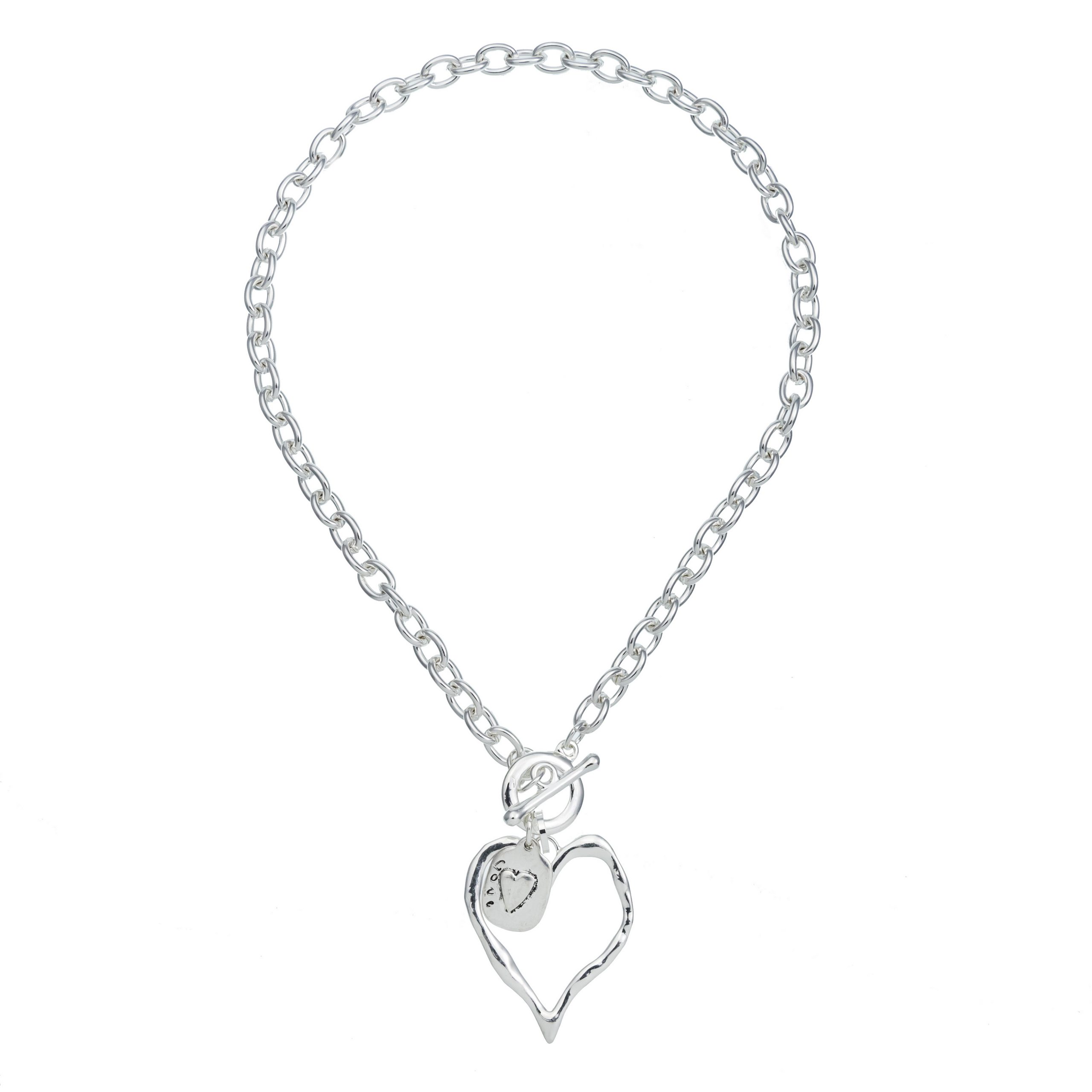

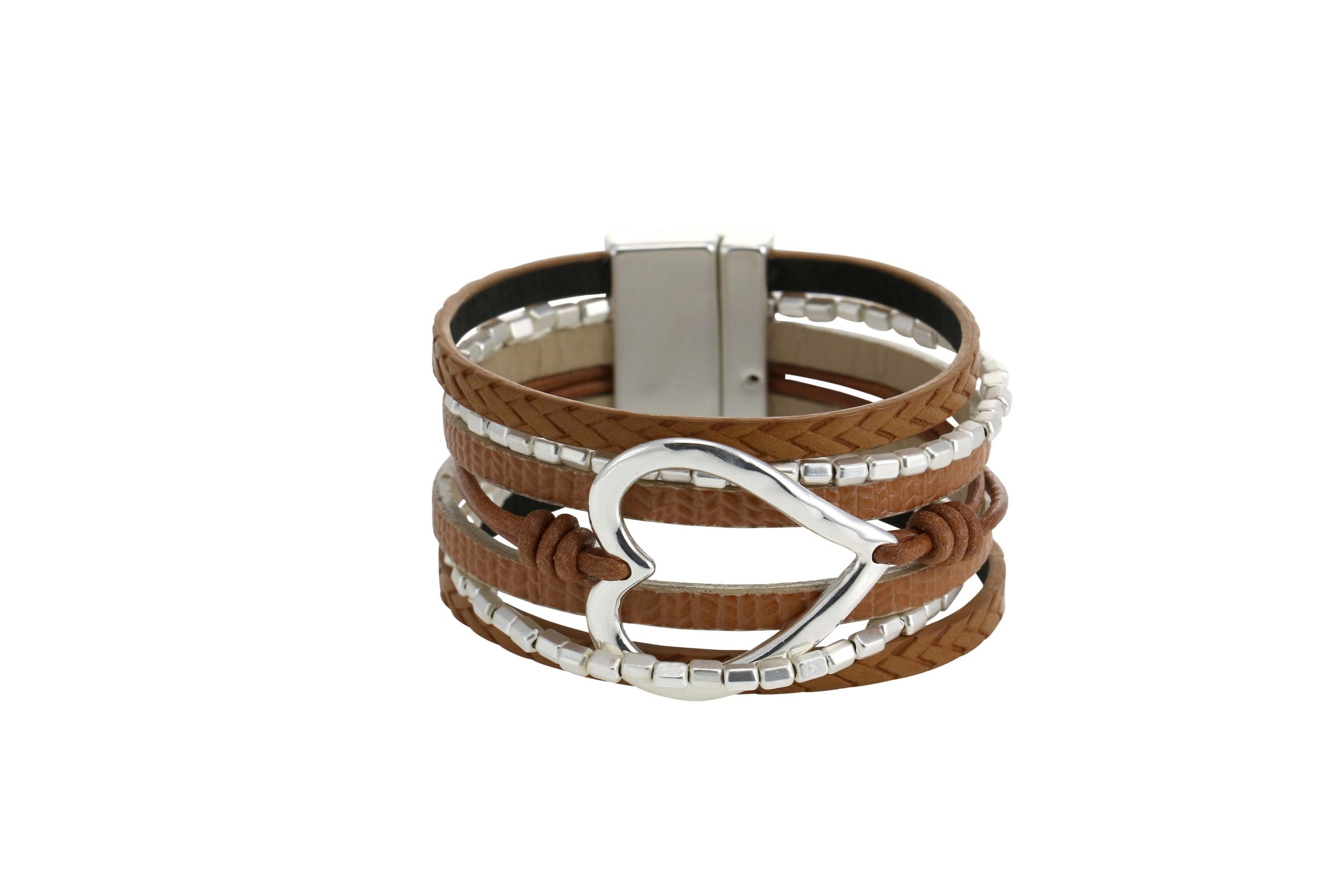

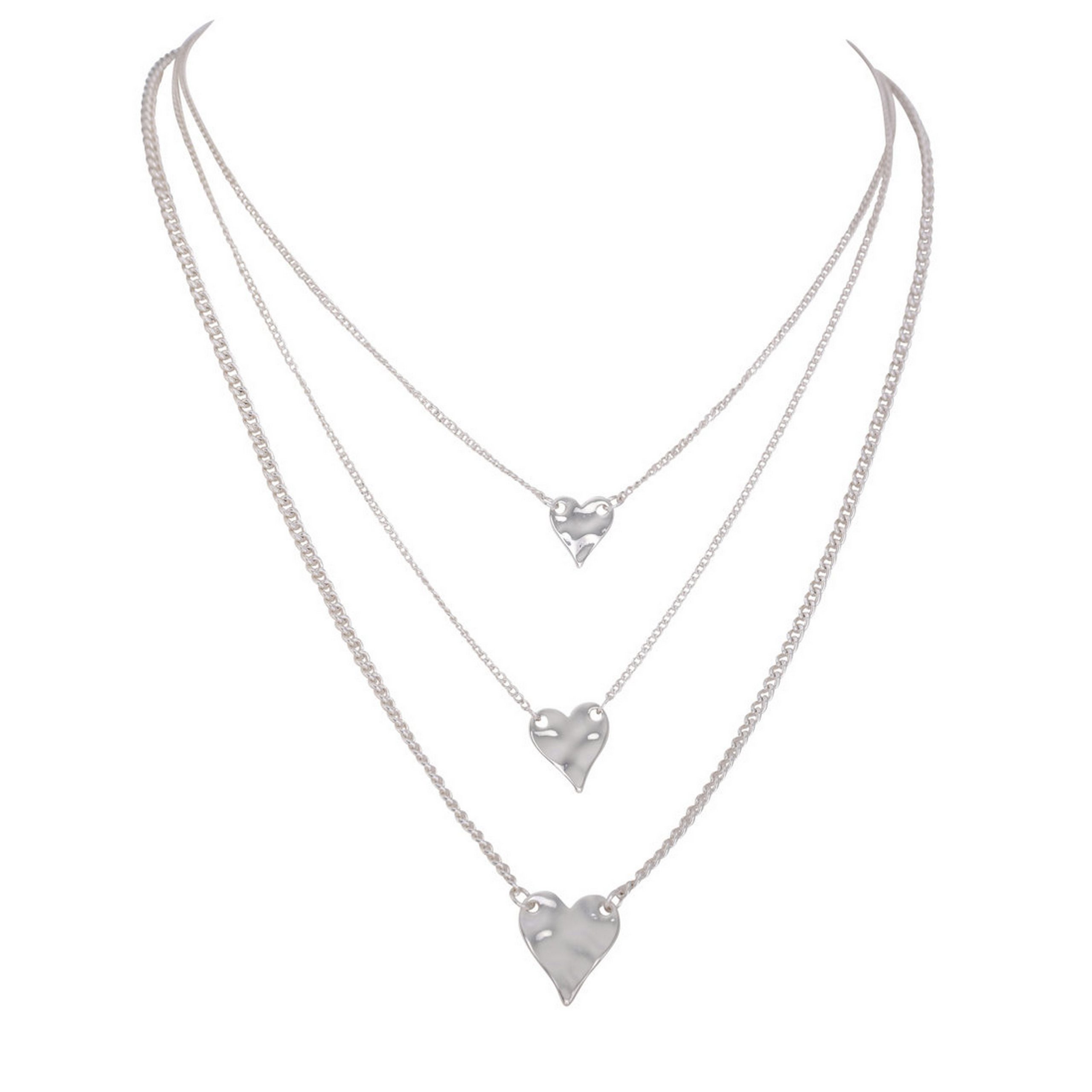
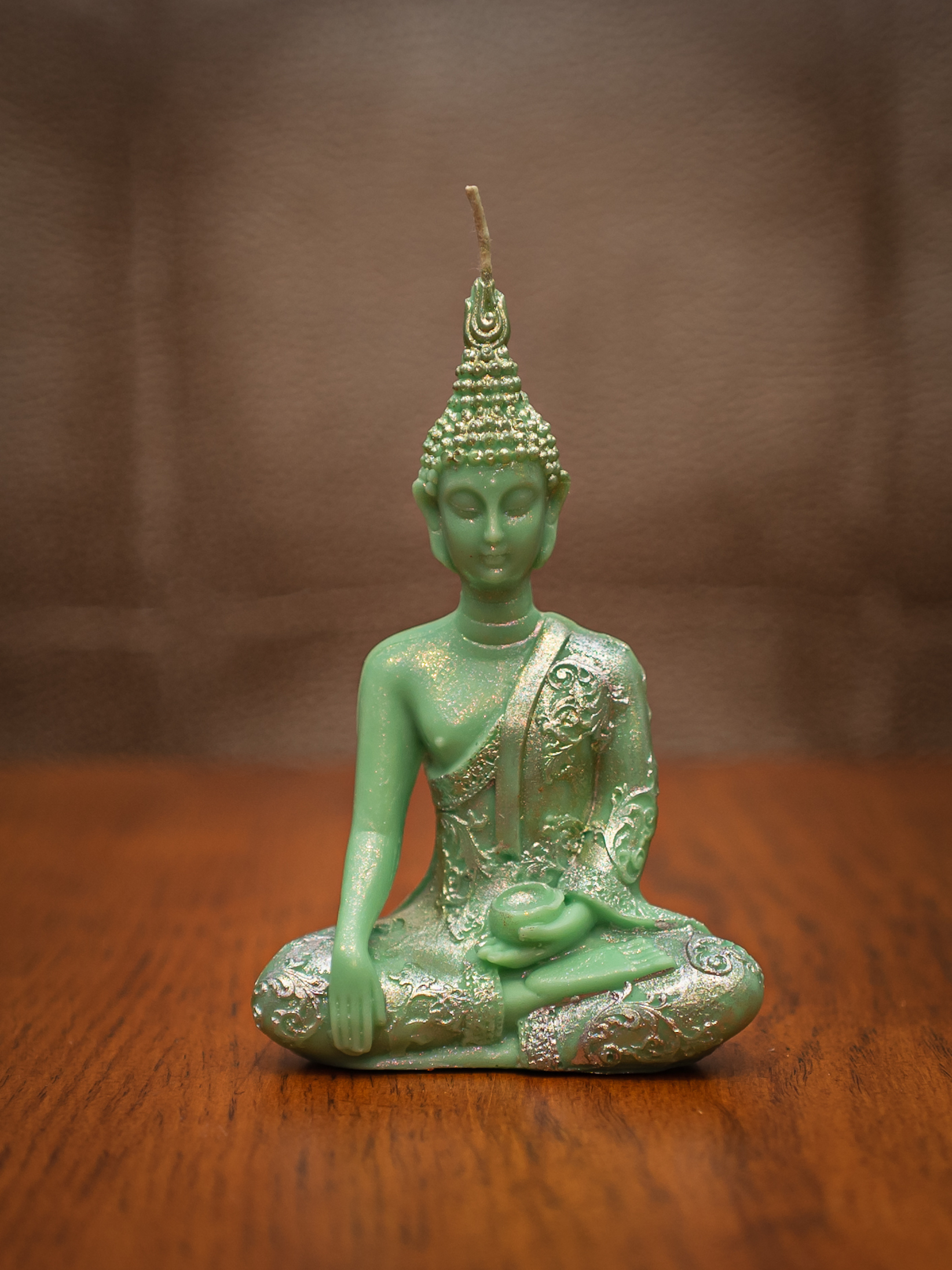


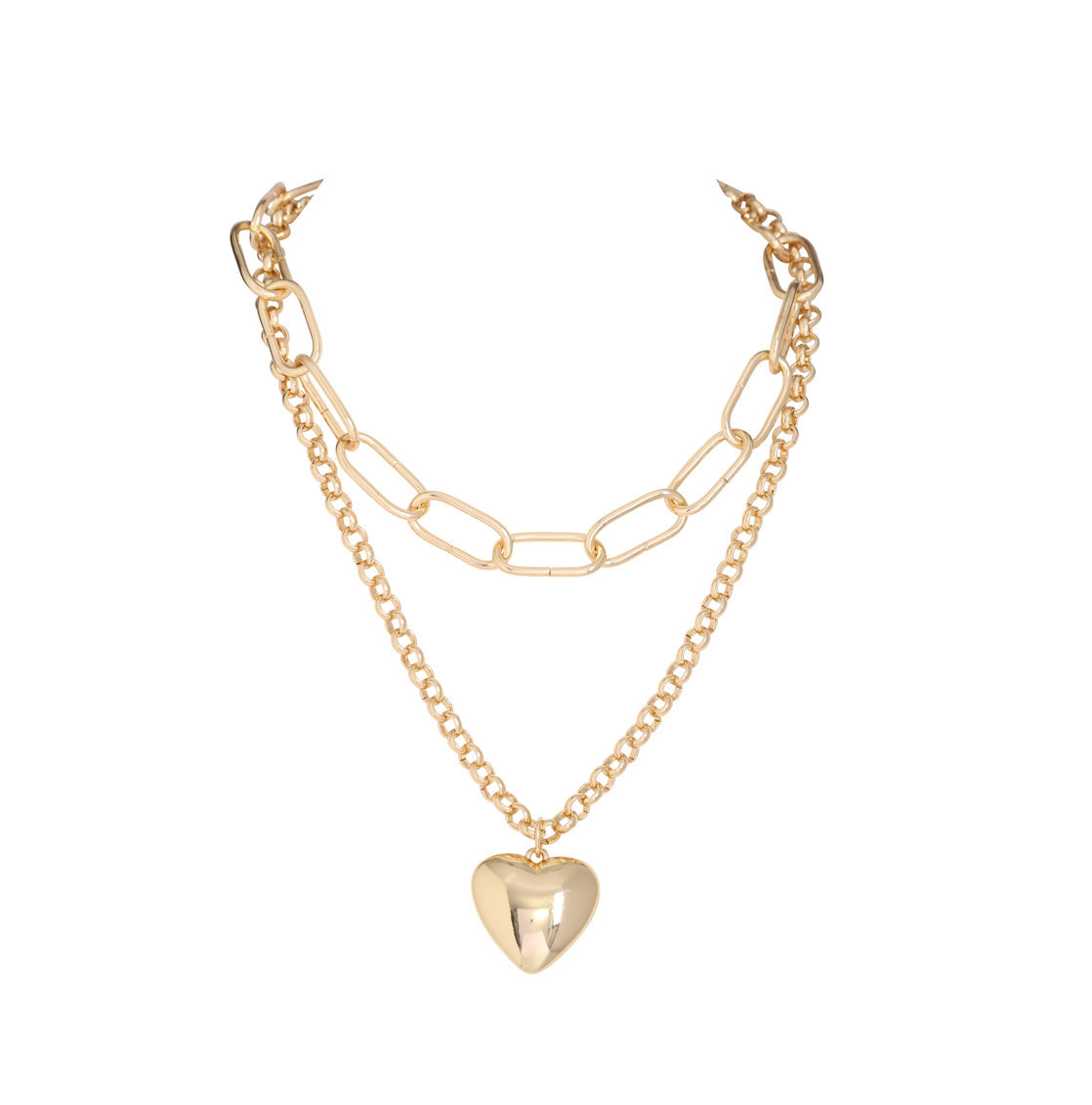

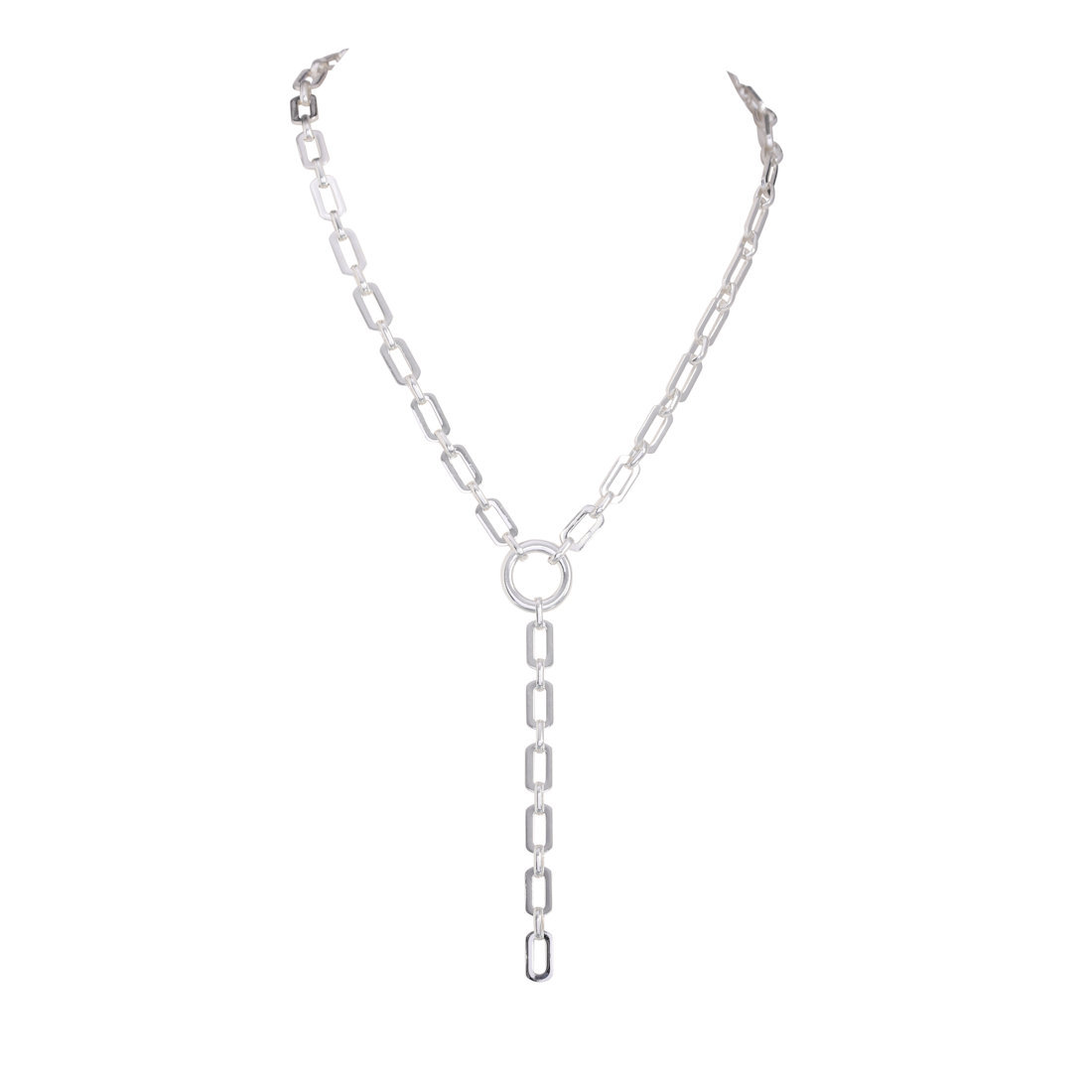

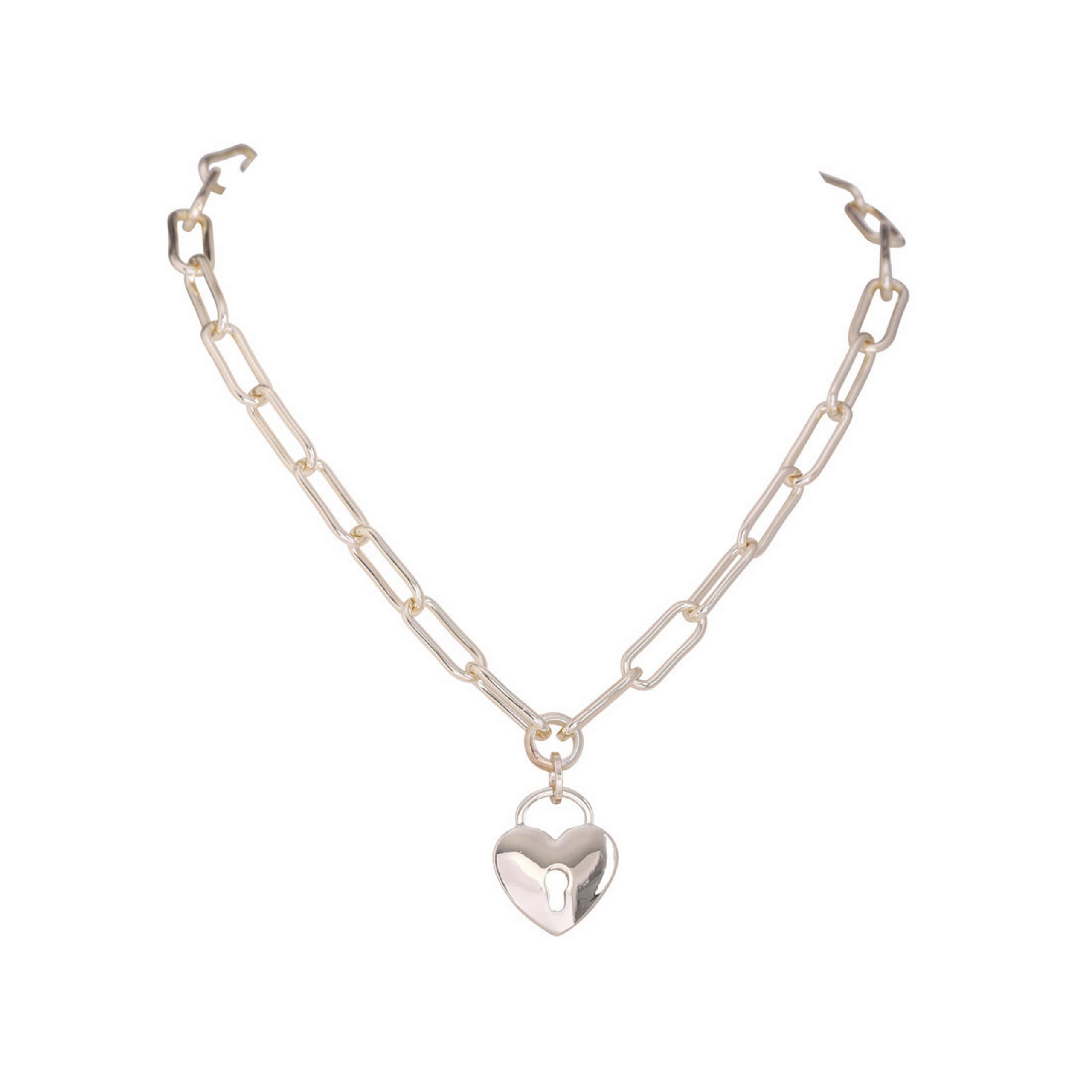


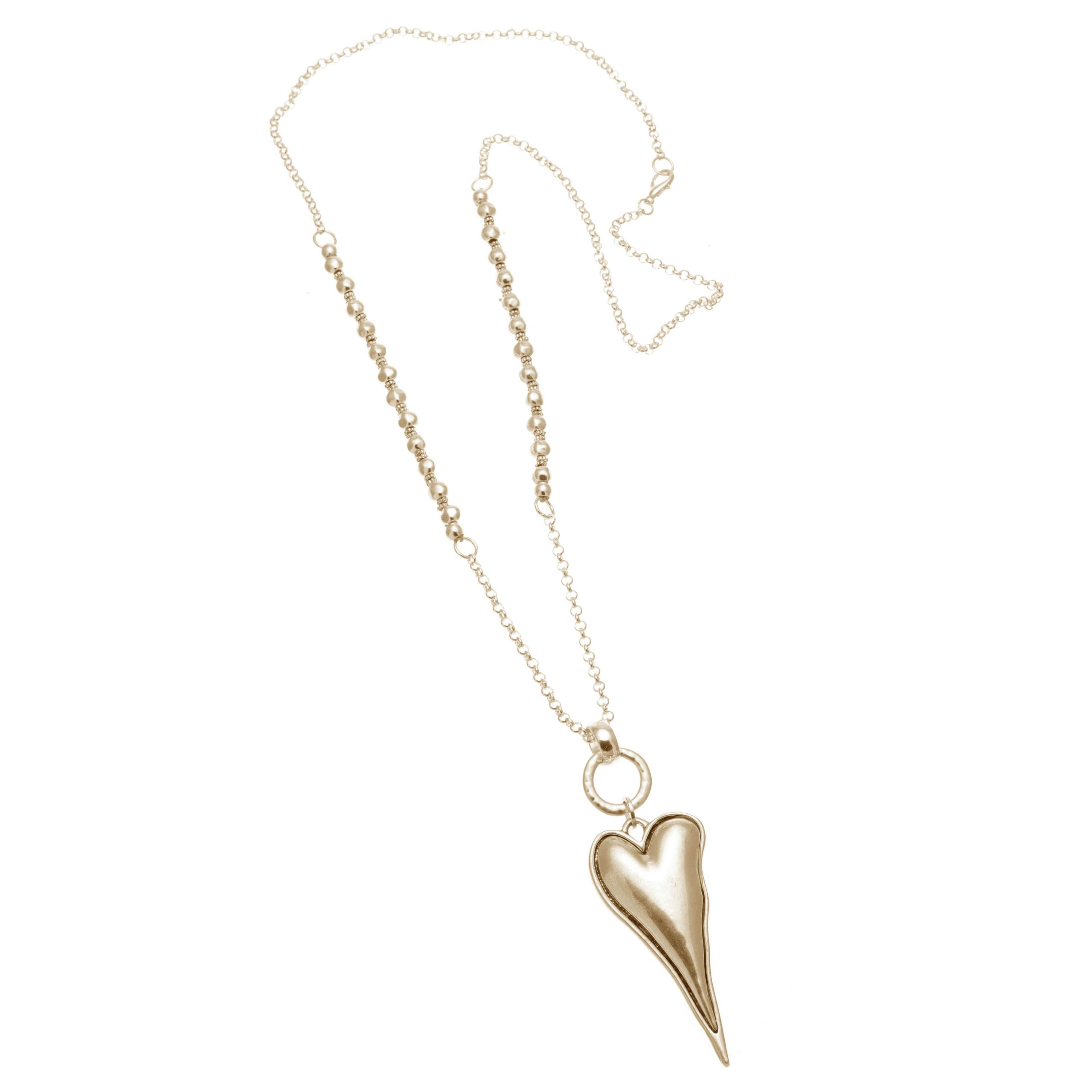


I was so genuinely shocked when I found out she had cancer at first I felt bad for her, but then I saw how strong she was courageous talking about her condition and it’s actually quite inspiring.